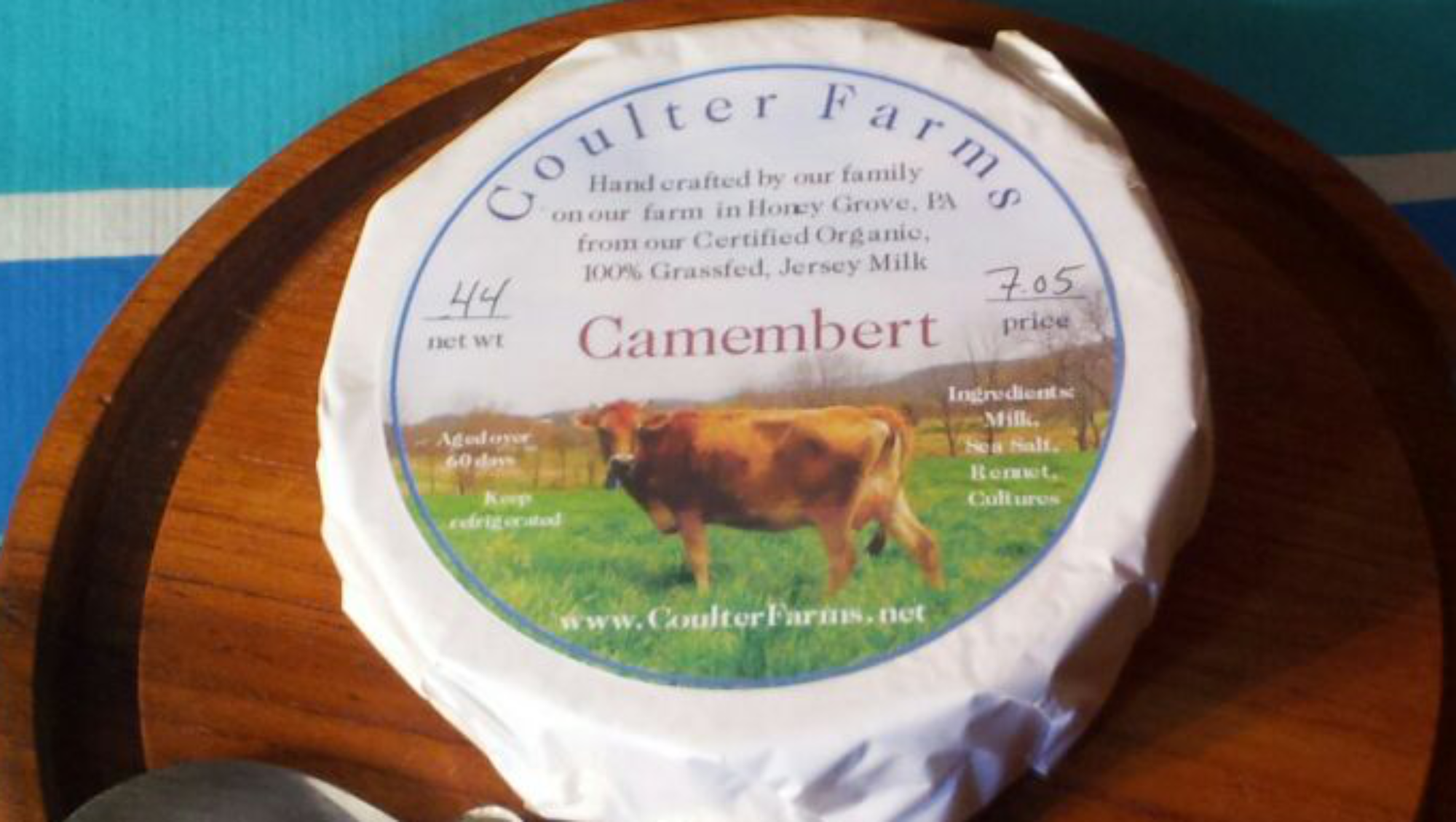Labor day, September 3, 2007
Le Berger de Rocastin
France
Sheep’s milk
<see above for description>
at: 3.5 wt: 4 na: 4 ms: 3.5
Passendale
Belgium
cow’s milk
Passendale is a modern, creamery, semi-soft cheese made from cow’s milk. It has a round shape. With its warm, brown crust, lightly dusted with white mould it resembles a loaf of bread. The flavor is mild and creamy. The cheese takes its name from the Flemish village of Passchendaele. The Belgian Passendale has distinctive, bulging, rounded edges and a soft,
damp consistency.
at: 3.3 na: 3.5 ms: 2.8 wt: 4
Mahon
Spain
cow’s milk
Mahon is a traditional, creamery, unpasteurized, hard cheese. It is produced from cow’s milk on Minorca, the outermost of the three Spanish Balearic Islands. The hard, orange rind carries the imprint of the cheesecloth and tends to be greasy. The curd is piled in the center of a cloth, square corners are knotted and twisted together and the cheese is pressed and twisted for a few days. This gives the cheese its typical “cushion” shape. Mahon is sold at various stages of maturity. It is usually sold young, when the texture is smooth and supple and the aroma is sweet and fruity. It must be consumed within 10 days.
11/19/2010 Update: I got a chunk of Spanish Mahon Menorca at Brookville tonite. It smells a bit like smelly socks, but not in a bad way. It was a semi-soft cheese and not very aged. Sort of the texture of a fresh asiago. It has little holes. Nice texture and sweet, pleasant taste. Imported by Forever Cheese. They say this Mahon is from Minorca aged between 10-12 months. The milk is thermalized, not pasteurized.
at: 3.8 na: 3.5 ms: 4 wt: 3.8
Parmigiano-reggiano
Italy
cow’s milk
http://www.parmigiano-reggiano.it
Named after an area in Italy, Parma Parmesan is one of the world’s most popular and widely-enjoyed cheeses. Milk used for Parmesan is heated and curdled in copper containers but not before most of the milk’s cream has been separated and removed. Curd is cut and then heated to 125 degrees F, all the while stirring the curd to encourage whey runoff. The curd is further cooked at temperatures of up to 131 degrees F, then pressed in cheesecloth-lined moulds. After two days, the cheeses are removed and salted in brine for a month, then allowed to mature for up to two years in very humid conditions.
What are the small grains you feel under your teeth when you eat a piece of Parmigiano-Reggiano?
Unlike what many people think, they are not grains of salt nor grains of calcium. They are crystals of an amino acid, called tyrosine, which, owing to its molecular conformation, crystallises if it is free and in high concentrations. Together with other amino acids, it is released during the process of protein breakdown triggered by enzymes. Therefore the presence of tyrosine is definitely a practical indication (since it can be experienced by every consumer) of a good degree of maturation of Parmigiano-Reggiano.
at: 3.5 na: 3.5 ms: 3.9 wt: 3.5

